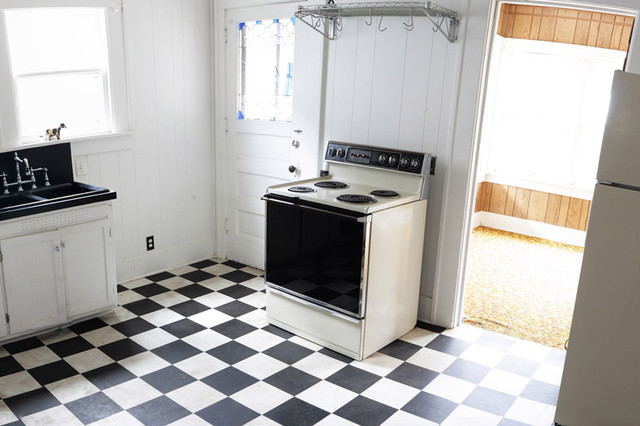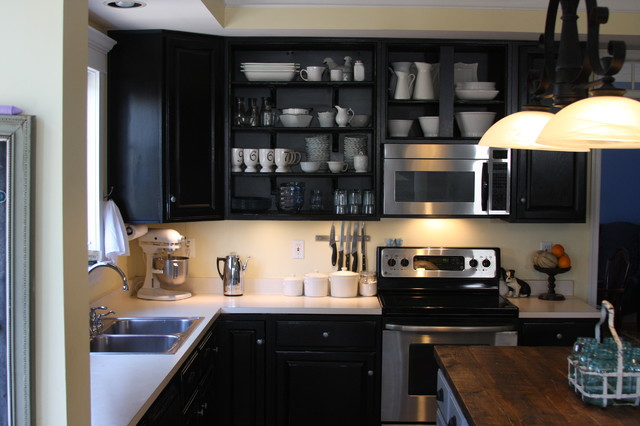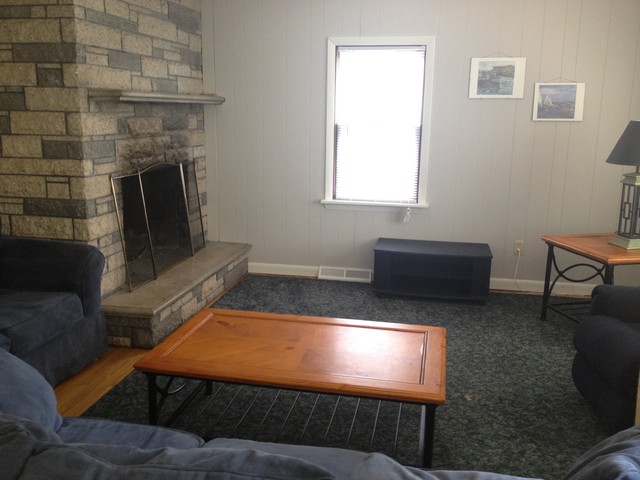As Thanksgiving approaches, it is important to take a step back and be thankful for all we have this holiday season. For some people, this evokes a desire to give back to those less fortunate in the spirit of Thanksgiving. No matter what degree of help you’re looking to provide, there are volunteer opportunities for everyone, from spending time with the elderly to donating turkeys to those in need. This Thanksgiving is especially ripe for graciousness, with the number of Boston families in need of a turkey this holiday up by 50 percent from last season. If you’re looking to give back in Boston, now is the time to check out these volunteer opportunities below to help support your community before indulging on your own Thanksgiving feast.
Ongoing
Donations to the Salvation Army – Thru November 17 – 9 am – 12 pm – The Salvation Army will accept food and supplies in the mornings at their drop-off locations at Dorchester’s Kroc Community Center, South End Corps Community Center, and Chelsea/East Boston Corps Community Center.
Greater Boston Food Bank Turkey Drive- A $17 online donation buys a 12-14 lb turkey for a struggling family in need this Thanksgiving. Help reach the GBFB’s goal of 40,000 turkeys donated this year!
bostonCANshare – Thru November 30 – This is an annual food and monetary donation drive sponsored by Mayor Menino that runs all throughout the month of November. Donate a can and help to provide over 40,000 pounds of food for local families in need during the Thanksgiving season. Donation areas are all across Boston at local libraries and fire houses; find your nearest one here.
Bowl a ‘turkey’ for charity – Thru November 20th – At Kings bowling alley and bar in Back Bay, for every three strikes bowled in a row, a turkey will be donated to a family in need through the Greater Boston Food Bank or the Dedham Food Pantry.
Saturday, November 17th
Athletic Evolution Cornhole Tournament – Come out to Woburn, MA to Athletic Evolution for a cornhole tournament and food drive to benefit the Greater Boston Food Bank’s provisions for struggling families during Thanksgiving. Participants can register a team and play or simply attend and donate some cans. First and second place winners will receive cash prizes, and there is an after party at the Sea Dog Brew Pub.
South End Corps Thanksgiving Distribution – 10am – 3:30pm – Help carry Thanksgiving baskets with families and individuals.
Monday, November 19th
Stock Food at Elizabeth Peabody House Food Pantry – 9:30am – 11am – Help unload and sort food for the pantry in Somerville.
Tuesday, November 20th
Assemble Food Bags for Distribution at Red Cross Food Pantry – 8:30am – 12pm Prepare bags of non-perishable goods for 4,500 low-income clients across Boston before the holidays.
Adopt-A-Veteran at the New England Center for Homeless Veterans – Veterans from New England’s first and largest center for homeless veterans make wish-lists for the holiday season that volunteers hope to fulfill with presents as they spend a day at the shelter keeping their vet company.
Wednesday, November 21st
American Red Cross Boston Food Pantry - 1033 Massachusetts Ave, Boston, MA – The Wednesday before Thanksgiving, the pantry is open to clients from 9am to 12pm. Help stack and stock.
Thursday, November 22nd
Little Brothers Friends of the Elderly- 10am – 1pm – As part of their Holiday Visitation Program, Little Brothers-Friends visits over 300 elders on Thanksgiving who do not have family to celebrate with on the holiday. Bring them a hot meal, cider, flowers, and the gift of company.
Thanksgiving Ultimate Bootcamp – 9am – 10:30am – Come out to Boston Common for a pre-indulgence workout with all proceeds going towards St. Francis House. $25 gets you a well-deserved appetite before Thanksgiving dinner and a chance to help out a local Boston day-shelter.
For more up-t0-date information on specific volunteer opportunities in Boston, please go toBostonCares.org.
COURTESY OF YOUR NUMBER ONE ARCADIA REAL ESTATE AGENT




 Neighborhood image via Shutterstock.
Neighborhood image via Shutterstock.














© 2013 The Peral Group